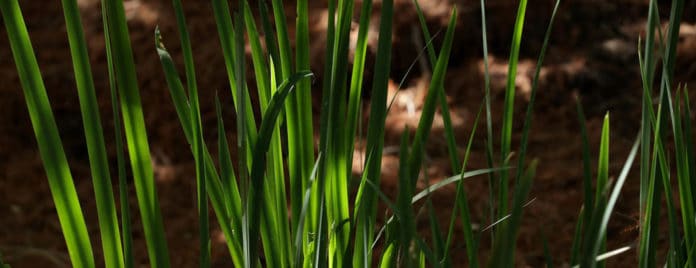Temperature is a critical environmental cue influencing all aspects of plant development and growth. A better understanding of this mechanism will help scientists develop crops for optimal growth under the Earth’s new climate and might even shed light on cancer in animals.
According to a new study by the University of California, Riverside– the protein phytochrome is responsible for sensing mechanisms in plants.
Scientists found that the phytochrome B molecule has surprising elements initiated by temperature and acts contrastingly, relying upon the temperature and kind of light.
Phytochromes switch between active and inactive form like a binary switch constrained by light and temperature. In direct sunlight, for example, in open fields, phytochromes switch “on,” engrossing far-red light. This active form inhibits stem elongation, which limits how tall plants in direct sunlight can grow.
Phytochromes are less active in shades and absorb red. This less active form emits the prohibition of stem growth, thus leads to the taller growth of plants.
Within the cell, light causes “on” phytochromes to coalesce into units called photo bodies inside the cell nucleus. When phytochrome B is off, it resides outside the cell nucleus. It moves inside the nucleus when “on” and changes the expression of genes and growth patterns.
Changes in light alter the size and number of all foci. Chen’s group has now shown temperature alters individual foci.
Scientists examined the behavior of cells presented to various temperature and light conditions from the leaves and stems of Arabidopsis thaliana, a plant utilized as a standard model in botany science. The objective was to screen how photobodies change in light of temperature.
They found that increasing the temperature did not cause all the photobodies to disappear at once. Instead, specific photobodies went in particular ranges of temperature. Increasing the temperature incrementally reduced the number of photobodies as they disappeared selectively.
Meng Chen, a professor of botany and plant sciences at the University of California, Riverside, said, “We found that a subset of thermostable photobodies can persist even in warm temperatures. The rest of the foci would disappear at each stage of lower temperature. Before we thought all the foci were the same, but now we know they are all different.”
“The mechanism that makes them disappear selectively must be different from the mechanism that makes them disappear in the shade. This suggests individual photobodies could be sensors for specific temperature ranges.”
Scientists also observed that phytochrome B reacts to temperature from two different locations on the molecule. The first part senses temperature; the second part forms foci. Foci formed by this second location are insensitive to temperature. This shows light and temperature are detected by the same part of the molecule but result in different behaviors.
Journal Reference:
- Increasing ambient temperature progressively disassemble Arabidopsis phytochrome B from individual photobodies with distinct thermostabilities. DOI: 10.1038/s41467-020-15526-z
